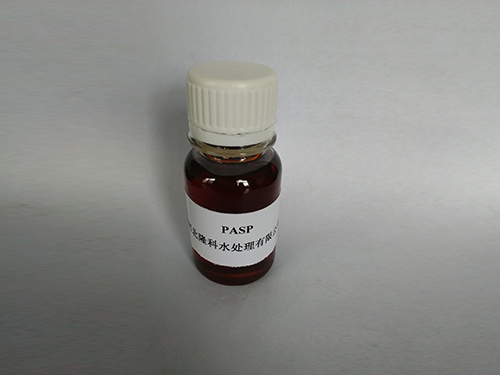flocculant types
Understanding Flocculant Types An Overview
Flocculants are essential agents in various industrial processes that involve the aggregation of fine particles in liquids. These agents facilitate the formation of flocs—clumps of particles that can easily settle or be removed from the liquid medium. The use of flocculants is widespread in industries such as wastewater treatment, mining, food and beverage, and paper production. This article aims to explore the different types of flocculants, their mechanisms of action, and their applications.
Types of Flocculants
Flocculants can be categorized based on their chemical composition, charge, and source. The most common types include synthetic polymers, natural organic flocculants, and inorganic coagulants.
1. Synthetic Polymers Synthetic flocculants are derived from petrochemical products, and they are the most widely used due to their effectiveness and cost-efficiency. These include polyacrylamides, polyacrylic acids, and their derivatives. Typically, synthetic flocculants are classified into anionic, cationic, and non-ionic types based on their charge. - Anionic flocculants carry a negative charge, making them suitable for applications where the suspended particles have a positive charge. They are particularly effective in the paper and pulp industry. - Cationic flocculants have a positive charge and are often used in wastewater treatment, where they can neutralize negatively charged suspended solids. - Non-ionic flocculants do not have a net charge and can be used in various applications, especially where charge interactions are not critical.
2. Natural Organic Flocculants These flocculants are derived from natural sources such as plants, algae, or microorganisms. Examples include starch derivatives, chitosan, and tannins. Natural flocculants are gaining popularity due to their biodegradable nature and lower toxicity compared to synthetic alternatives. They are often used in food processing and agricultural applications, where environmental impact is of concern.
3. Inorganic Coagulants Inorganic flocculants such as aluminum sulfate (alum), ferric chloride, and lime are commonly used for water treatment. These coagulants work by destabilizing the charged particles in suspension, causing them to aggregate and form larger flocs. Inorganic coagulants are particularly effective in removing turbidity and are widely employed in drinking water treatment facilities.
flocculant types

Mechanism of Action
The primary mechanism by which flocculants work is through charge neutralization and bridging. When introduced into a suspension, flocculants interact with the particles, neutralizing their surface charges and promoting aggregation. - Charge Neutralization Suspended particles usually carry a charge that prevents them from coagulating. Flocculants help in neutralizing these charges, enabling the particles to stick together and form larger aggregates. - Bridging In the case of high molecular weight flocculants, such as those used in synthetic applications, the long chains can bridge between multiple particles, effectively drawing them together to form larger flocs.
Applications of Flocculants
Flocculants are applied in a variety of processes across different industries
- Wastewater Treatment The primary application of flocculants is in municipal and industrial wastewater treatment, where they help in the removal of suspended solids, oils, and organic matter. - Mining In mineral processing, flocculants are used to separate valuable minerals from ore and to clarify process water. - Food and Beverage Flocculants aid in the clarification of juices and beverages, enhancing both the appearance and shelf life of products. - Paper and Pulp They are crucial in the paper production process, where they facilitate the removal of fillers and improve the quality of the final product.
Conclusion
The choice of flocculant depends on various factors, including the nature of the suspended particles, the medium, and the desired outcome. As industries continue to evolve, there is a growing trend towards the development of more sustainable flocculant types that minimize environmental impact while maintaining effectiveness. Understanding the different types of flocculants and their specific applications is essential for optimizing processes in which particle aggregation is a key requirement.
-
Water Treatment with Flocculant Water TreatmentNewsJun.12,2025
-
Polymaleic AnhydrideNewsJun.12,2025
-
Polyaspartic AcidNewsJun.12,2025
-
Enhance Industrial Processes with IsothiazolinonesNewsJun.12,2025
-
Enhance Industrial Processes with PBTCA SolutionsNewsJun.12,2025
-
Dodecyldimethylbenzylammonium Chloride SolutionsNewsJun.12,2025





